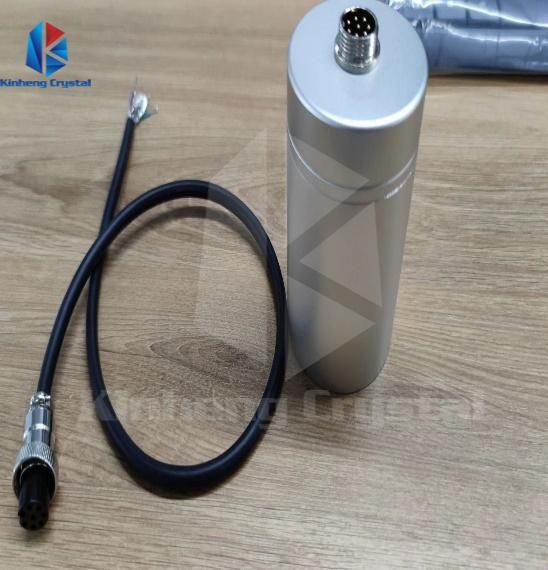Scintillator detectors are widely used in modern science for various purposes due to their versatility.
They are commonly used in fields such as medical imaging, high-energy physics, homeland security, materials science, and environmental monitoring.
In medical imaging, scintillator detectors are used in positron emission tomography (PET) and single-photon emission computed tomography (SPECT) to detect and visualize the distribution of radioactive tracers in the body, aiding in the diagnosis and treatment of disease.


In high energy physics, integrated scintillator detectors are components of particle detectors in particle accelerator and collider experiments. They are used to detect and measure the energies and trajectories of subatomic particles produced in high-energy collisions, helping us understand the fundamental particles and forces in the universe.
In homeland security, scintillator detectors are used in radiation entrance monitors to screen cargo and vehicles for the presence of radioactive materials, helping to prevent the illegal trafficking of nuclear and radioactive materials.
In materials science, pmt circuit scintillator detectors are used for non-destructive testing and imaging of materials, allowing researchers to study the internal structure and properties of a variety of materials, including metals, ceramics and composites.
In environmental monitoring, scintillator detectors are used in radiation monitoring and monitoring of environmental radioactivity in air, water and soil to assess potential risks and radiation exposure.
Overall, the versatility of scintillator detectors in modern science lies in their ability to detect various types of radiation, including gamma rays, X-rays, and charged particles, making them important tools for a wide range of scientific applications.
Post time: Dec-25-2023





